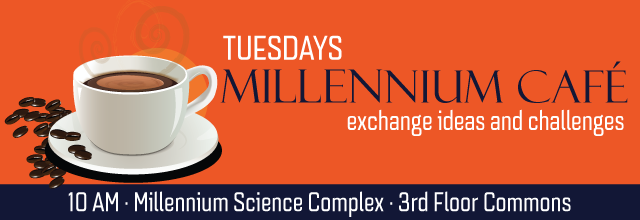
COVID, climate change, new technologies, systemic inequities. Are policymakers even listening?? Learn about the work of the Evidence-to-Impact Collaborative helping scientists here at Penn State and around the country get their science used by policymakers. Hear about how we can turn the methods we use in the lab towards fundamental problems of how to improve the policymaking of government officials. Learn about ongoing studies and available resources to make your science more impactful.
Presenter: Max Crowley | Human Development, Family Studies & Public Policy
